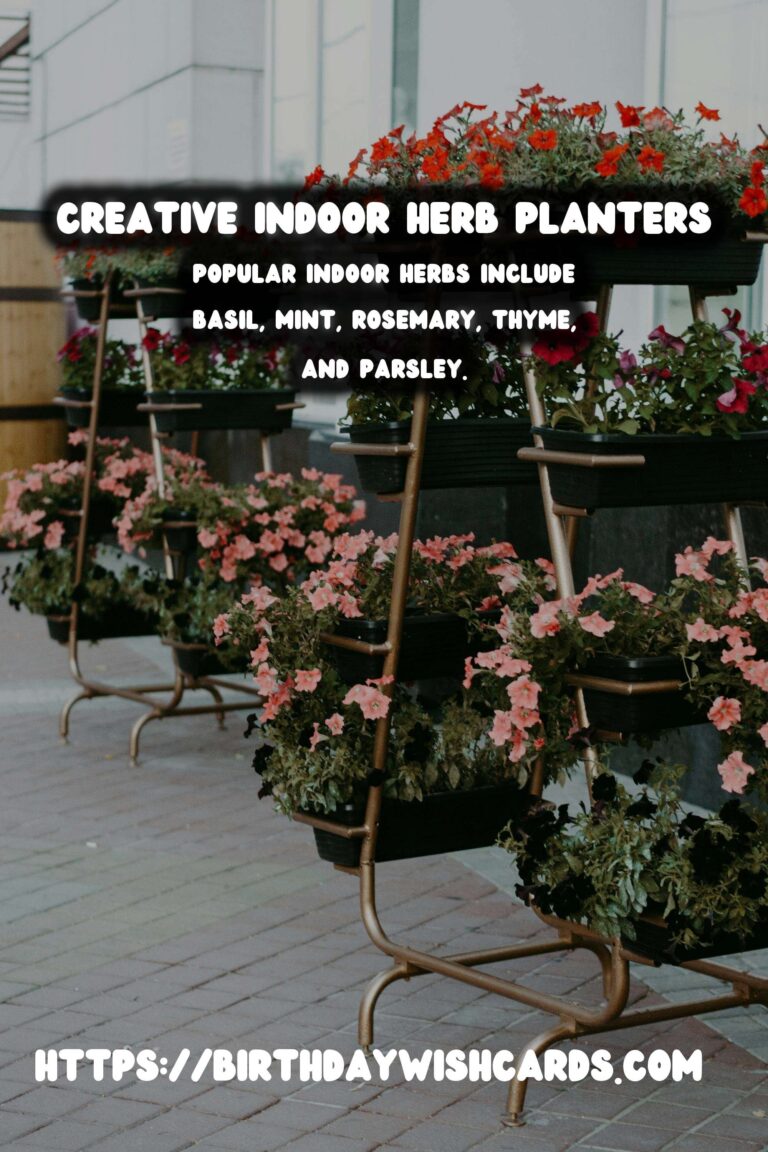
As the season of renewal and growth, spring offers the perfect opportunity to bring the outdoors inside with lush, aromatic herb planters. Whether you’re a seasoned gardener or a beginner, indoor herbs can transform your living space into a green haven, providing fresh flavors for your culinary creations.
Choosing the Right Herbs for Indoor Planters
Herbs are versatile and can thrive indoors with the right care. Popular choices include basil, mint, rosemary, thyme, and parsley. These herbs not only add greenery but also offer delightful scents and flavors to your home-cooked dishes.
Selecting the Ideal Containers
The choice of container plays a crucial role in the health of your indoor herbs. Opt for pots with good drainage, such as terra cotta or ceramic, to prevent waterlogging. Decorative containers can enhance your home’s aesthetic while ensuring your herbs have the space they need to grow.
Creating the Perfect Growing Environment
Indoor herbs require adequate sunlight, typically 6-8 hours a day. South or west-facing windows are ideal for maximum light exposure. If natural light is limited, consider using grow lights to supplement your herbs’ needs.
Soil and Watering Tips
Use a high-quality potting mix designed for herbs to promote healthy growth. Overwatering is a common mistake; instead, water your herbs when the top inch of soil feels dry to the touch. Consistent, moderate watering encourages robust root development.
Styling Your Indoor Herb Planters
Get creative with your herb garden by mixing different herbs in a single planter or using unique containers like vintage mugs or hanging baskets. Vertical planters or wall-mounted pots can save space while adding a stylish touch to your decor.
Maintaining Your Indoor Herb Garden
Regular pruning encourages bushier growth and prevents herbs from becoming leggy. Harvesting frequently and pinching off flower buds can also extend the life of your herbs. Keep an eye out for pests like aphids and use natural remedies to keep them at bay.
The Benefits of Indoor Herb Gardening
Growing herbs indoors provides fresh ingredients at your fingertips, reduces grocery bills, and enhances your meals with homegrown flavors. Additionally, the presence of plants can improve air quality and promote a sense of well-being.
Conclusion
Indoor herb planters are a simple yet effective way to embrace spring’s vibrant energy. By selecting the right herbs, containers, and care routines, you can enjoy a thriving garden that complements your lifestyle and culinary preferences.
Spring offers the perfect opportunity to bring the outdoors inside with lush, aromatic herb planters. Popular indoor herbs include basil, mint, rosemary, thyme, and parsley. Opt for pots with good drainage to prevent waterlogging. Indoor herbs require typically 6-8 hours of sunlight a day. Use a high-quality potting mix designed for herbs to promote healthy growth. Get creative with your herb garden by mixing different herbs in a single planter. Regular pruning encourages bushier growth and prevents herbs from becoming leggy. Indoor herb gardening provides fresh ingredients and reduces grocery bills. 
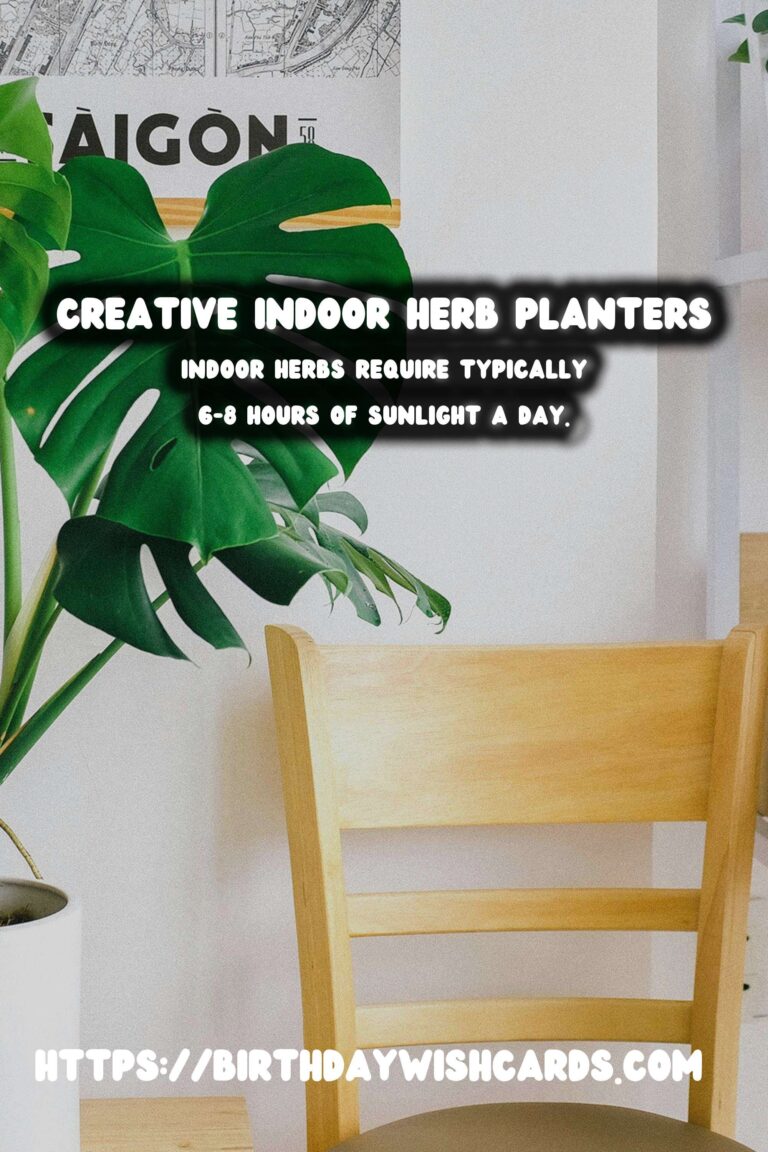
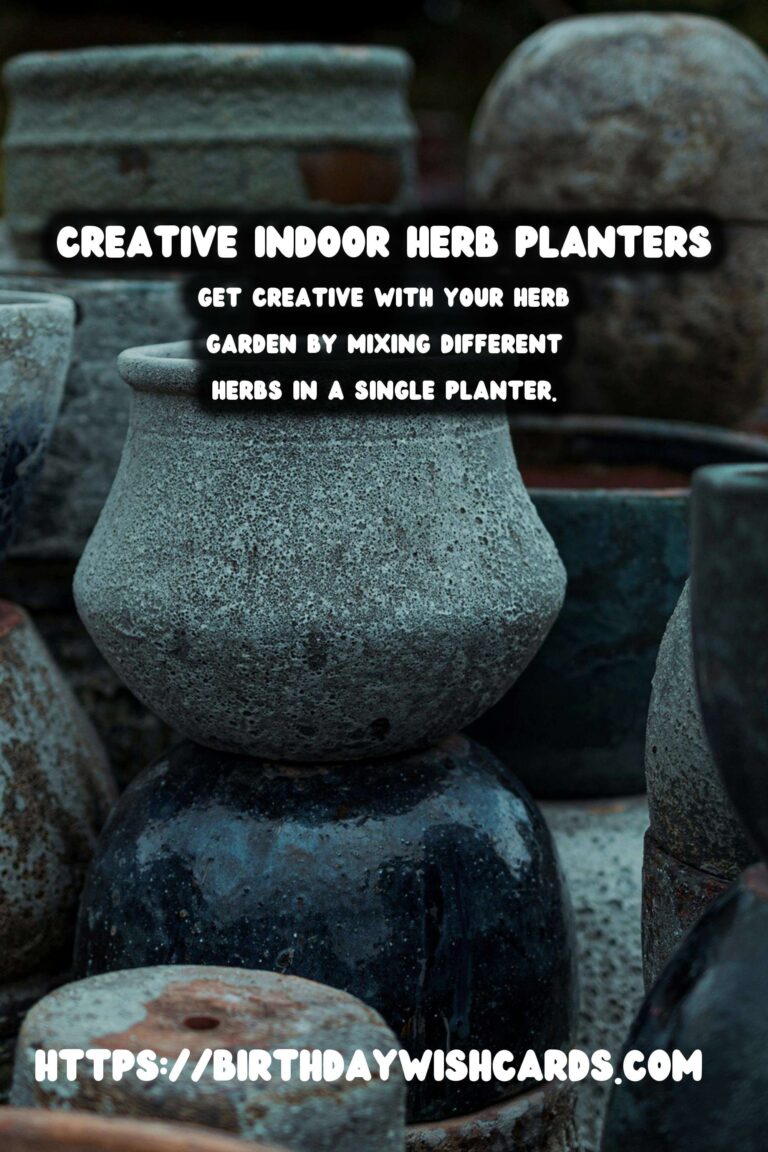
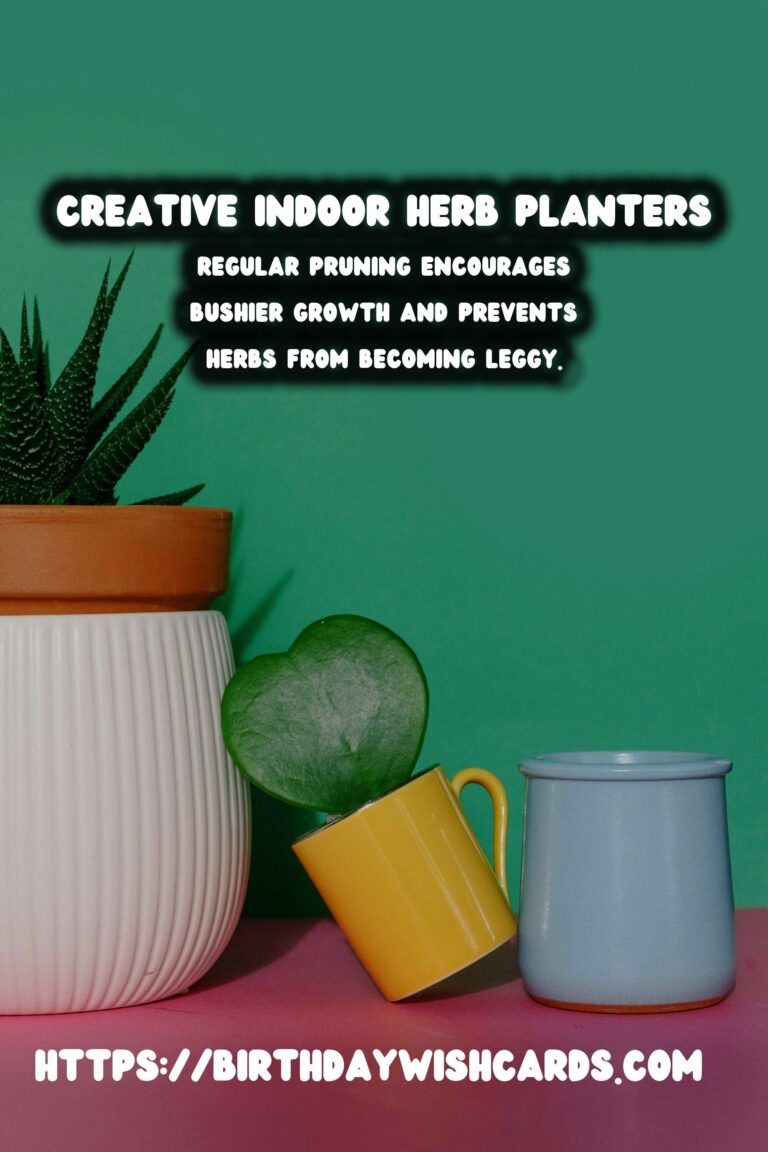
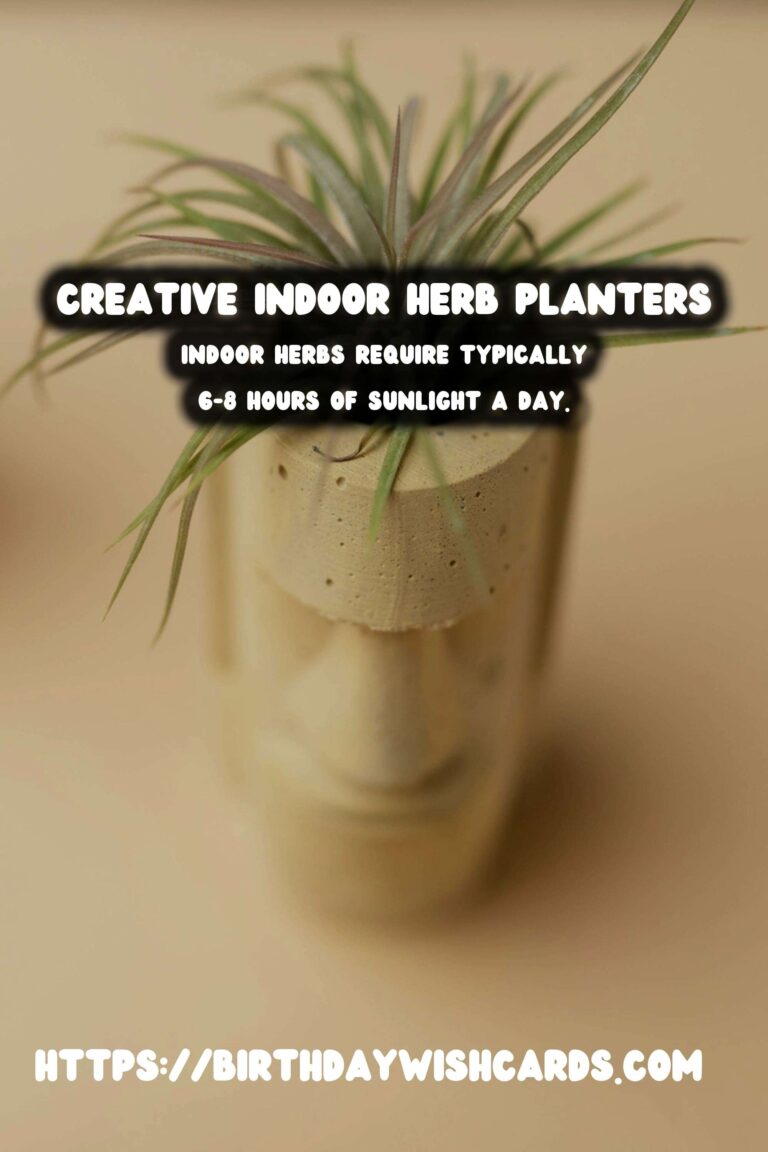
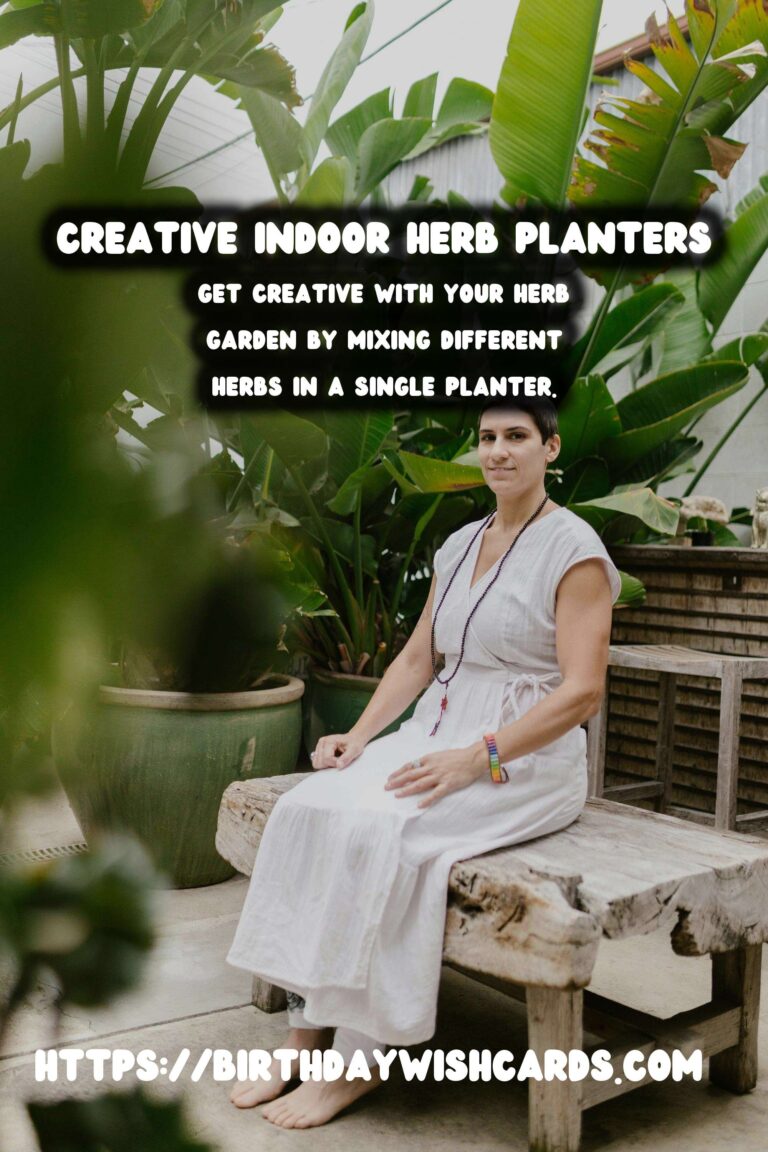
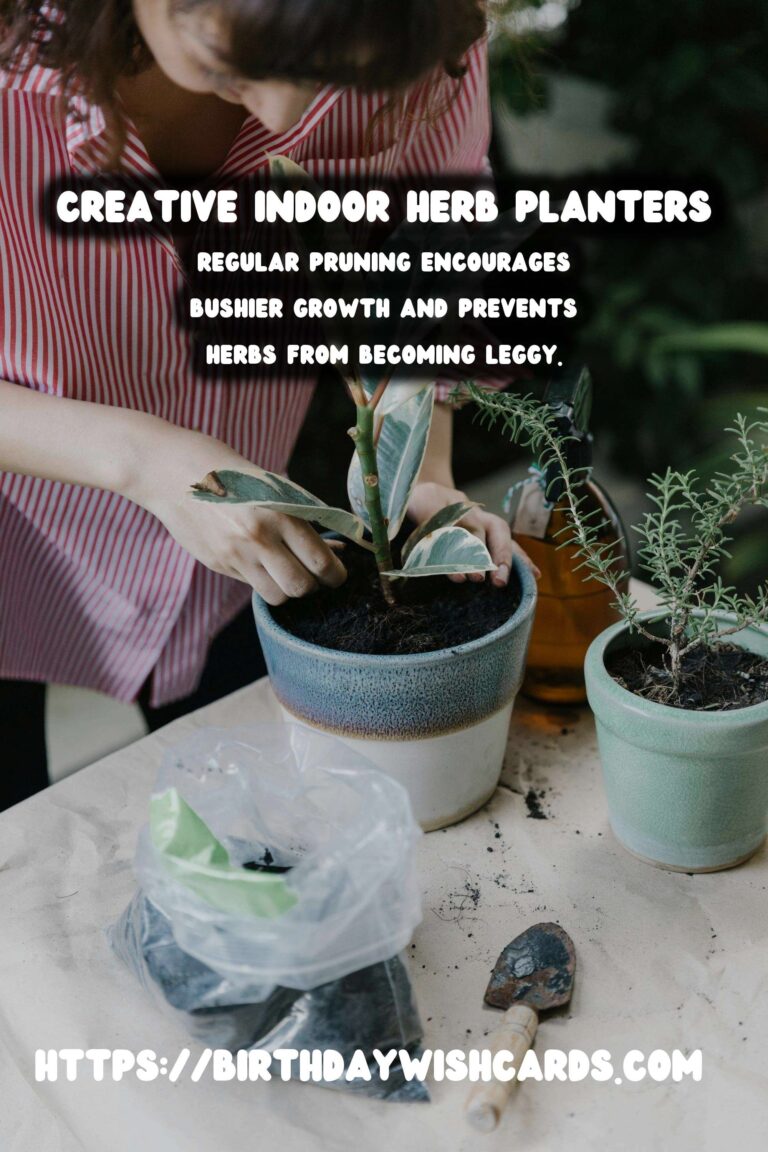
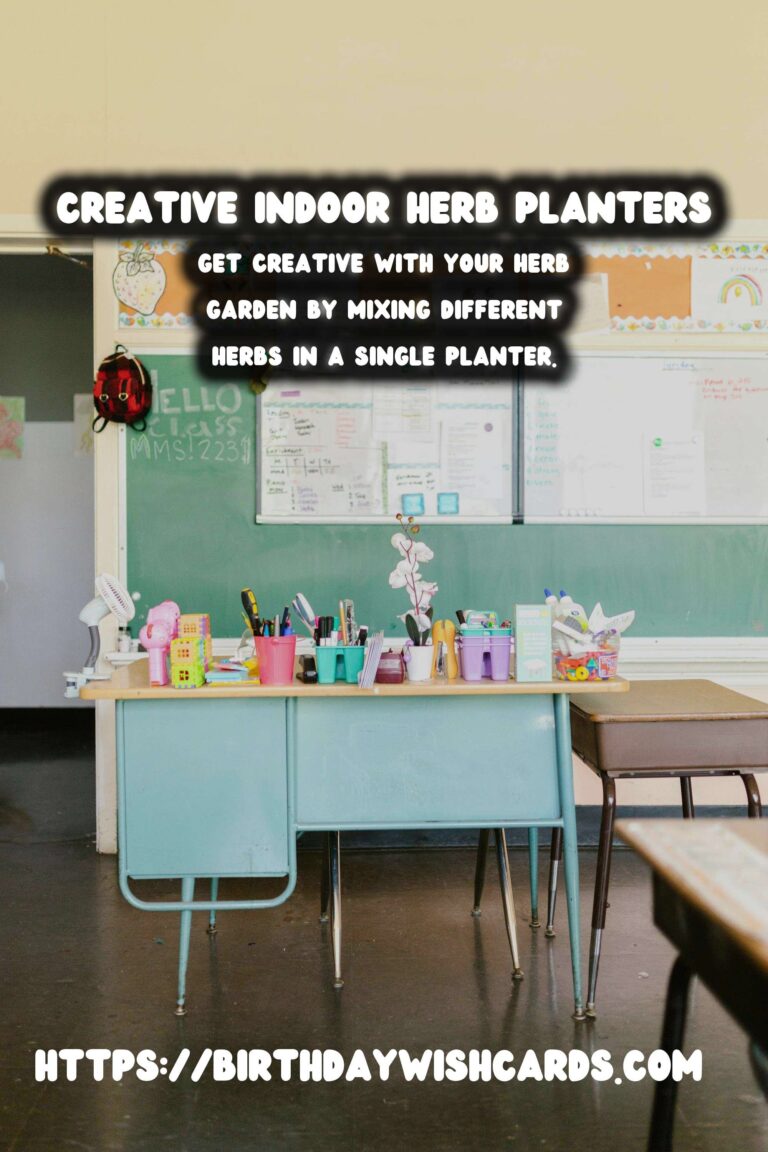
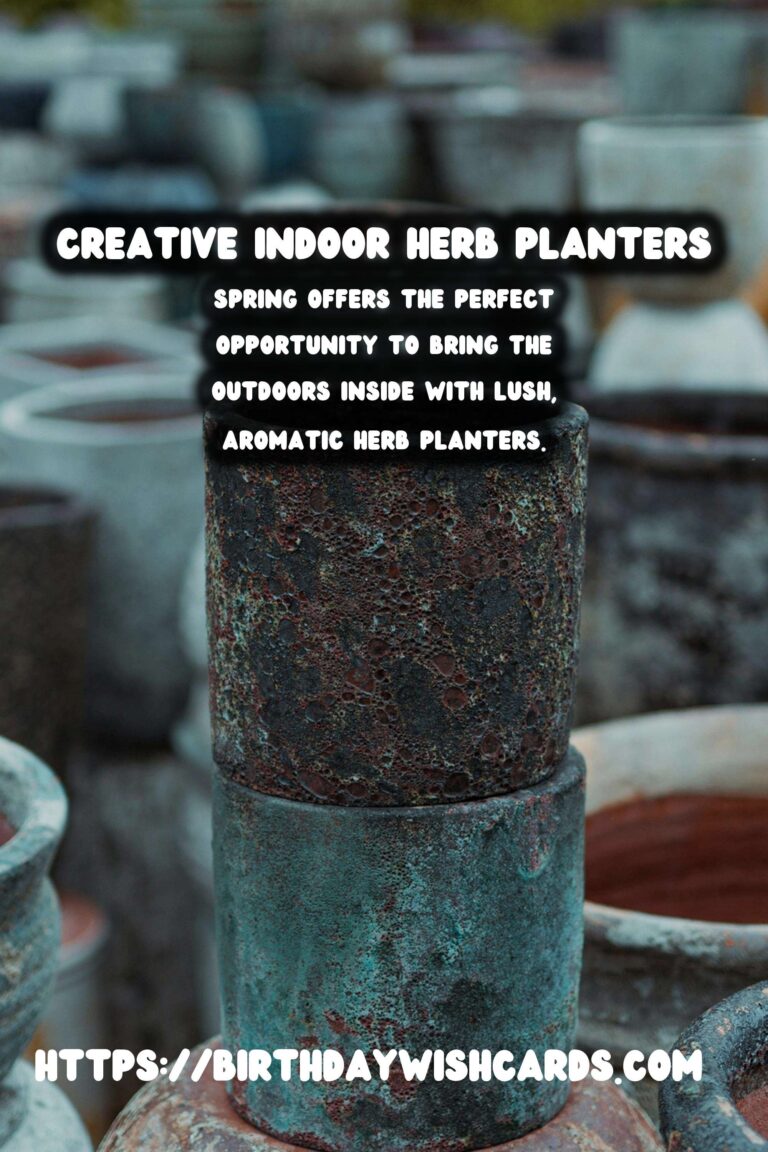
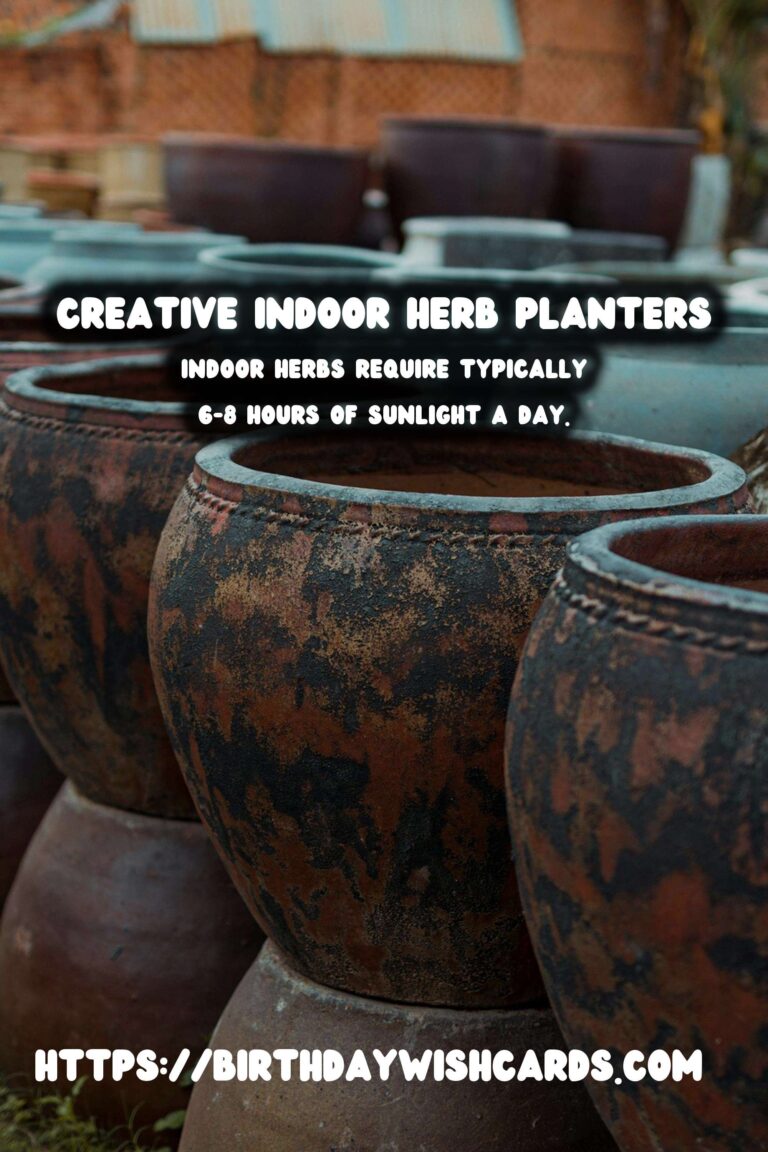
#IndoorHerbs #SpringGardening #HomeGardening #HerbPlanters #GardeningTips




